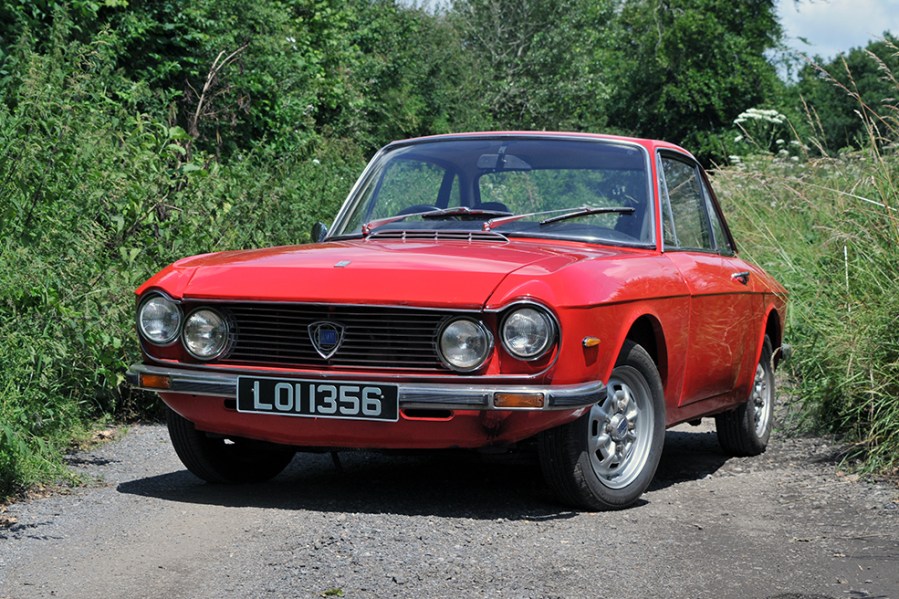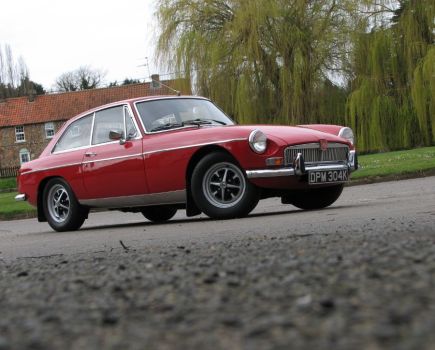The Lancia Fulvia is a sporty classic coupe packed full of Italian flair and character. Here’s how to buy a great example
Images: Paul Wager With thanks to: Tristan Cliffe, Omicron Engineering Ltd
Lancia’s history is chock-full of desirable cars and its motorsport success is the stuff of legend, so it’s no wonder its cars still exert such a pull on enthusiasts today.
One model with a particularly strong following is the Lancia Fulvia coupe. Work was already underway on this sporty offering when the Fulvia saloon appeared in 1963 and two years later the coupe was introduced at the 1965 Turin Motor Show (along with the Zagato-designed Sport) to great acclaim.
Power from the V4 engine might have been modest but the Fulvia still felt lively and handled with real aplomb. More powerful versions would join the range in time; understandably, it’s those that usually have the greatest appeal.
The twin-carb 1.6HF from 1968 made good use of its 115bhp; this was the car that gained the ‘Fanalone’ name on account of its headlights. Piero Castagnero had been responsible for the Fulvia’s design; it received only mild tweaks when the Series 2 arrived in 1969 before it was succeeded by the Series 3, which remained in production from 1974 to 1976. The coupe outlasted other variants of the Lancia Fulvia by a couple of years.
Fast-forward 50 years and this Italian classic can still stir the soul like few other cars and offers a great left-of-field alternative to the likes of the Fiat 124 Spider, Alfa Romeo Alfasud and even early hot-hatch icons like the Volkswagen Golf GTI thanks to its front-drive layout.
Bodywork
We generally do our best to avoid Italian car cliches but there’s no escaping the fact that corrosion can be an issue on most Lancia models. Major repairs or restoration can easily swallow a hefty sum so a bit of caution is needed.
Check the rear mounting points of the front subframe – these attach towards the front of the sills and any rot in the sills themselves and the surrounding areas (box sections, floor pan, etc.) can require pricey repair work. It all needs very careful scrutiny, especially if there’s any hint of a crack appearing in the front wing above the wheel. A key sign of trouble, this crack is caused by the subframe moving within the chassis. We recommend an expert inspection for peace of mind.
Also check for signs of rust in the bottoms of the front wings (these are welded on so replacement gets a bit involved) and the front wheelarches, the full length of the sills, door bottoms, valances, fuel filler surround, and the front panel around the headlights.
If possible, get the car in the air and assess the cabin and boot floor, rear subframe, chassis legs and the fuel tank. Also worth bearing in mind is that early models used a mix of steel and alloy panels while later ones were all-steel.
Specialists can supply panels and repair sections; Omicron Engineering makes front wings from scratch but costs will soon mount up if extensive renovation work beckons.
Finally, rally replicas (with bumpers removed, extra driving lights, etc.) aren’t uncommon so a full list of modifications and changes should be obtained before buying.
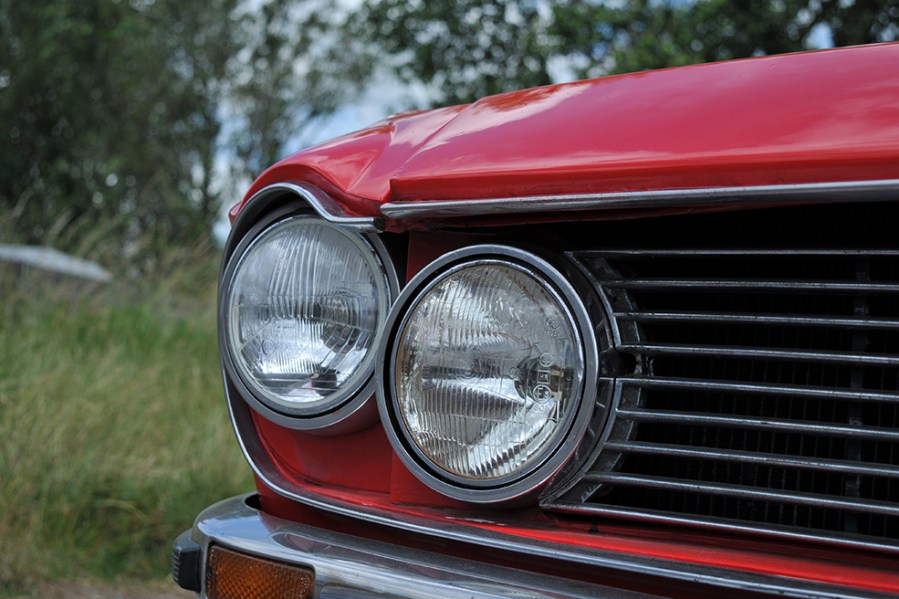
Engine and transmission
The compact V4 engine in the Lancia Fulvia features a narrow-angle vee. This means one cylinder head is used to cover both cylinder banks; not only is the engine cleverly designed but it also proves pretty much bulletproof given proper maintenance.
Tired and neglected engines ready for a rebuild will be given away by the usual signs: low oil pressure, exhaust smoke and rattles from the timing chain are most common. Lack of use does the Lancia Fulvia’s engine no favours, either, and the cost of a full rebuild can easily head for five figures if lots of work is required.
Oil leaks and a failing water pump are problems to watch for. A thorough inspection of the cooling system is a wise move; a corroded fuse can cause the electric fan to stop working on Series 2 Fulvia models.
Also note that the 1600 engine features thinner castings around the cylinder bores making them more prone to cracking, so a cooling system that’s not up to scratch won’t help matters.
There’s little to worry about when it comes to fuel or ignition systems – both are simple by modern standards – and rebuild kits are inexpensive (budget around £55) if the carburettors prove to be the cause of poor running.
The V4 engine in the Lancia Fulvia can be easily upgraded for more power and performance via improved exhaust systems, bigger carbs and a hotter camshaft. Just make sure that such work hasn’t affected driveability on the road – especially if you do a lot of driving around town.
Both the four- and five-speed transmissions in the Lancia Fulvia are reliable unless abused – budget a few thousand pounds for a full rebuild if the latter has ruined things. Use the test drive to check for whines and worn synchromesh; second gear is the most likely to suffer from the latter. The five-speed gearbox can sometimes be a bit obstructive when cold but this should disappear once properly warmed up. Using a good quality fully synthetic oil can improve matters.
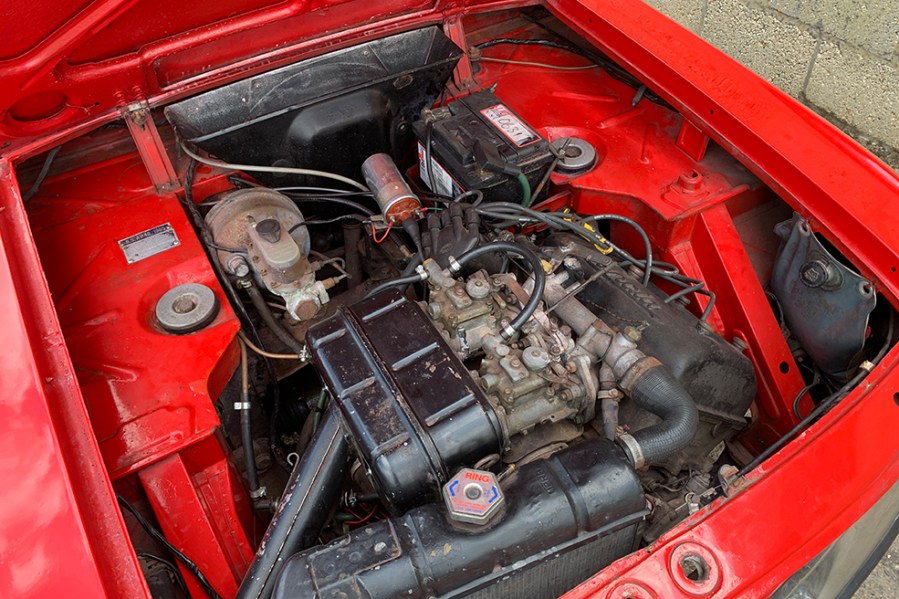
Suspension, steering and brakes
The Lancia Fulvia’s suspension comprises a transverse leaf spring at the front with wishbones and leaf springs at the rear. It’s a simple arrangement and most parts are readily available, except the springs themselves; new items and aftermarket replacements can end up with the car not quite sitting right. It’s best to get the original items refurbished and retempered if they’re sagging and past their best. If the Fulvia is sitting a bit low at the front it could be due to worn bushes where the spring mounts to the wishbones – this can be a fiddly repair. Check mounting points front and rear for corrosion while inspecting the suspension, too.
There’s nothing to worry about with the Fulvia’s steering, which should feel light and decently precise; you’ll have no trouble sourcing ball joints if an overhaul is needed.
With discs front and rear more than capable of stopping the lightweight Lancia Fulvia, there’s not much to complain about in the braking department. Upgrades are available but there’s not much need if everything’s in good shape, so just check for the usual signs of wear and for issues caused by lack of use.
Beware a weak handbrake and bear in mind that changing the shoes on a Series 2 Fulvia requires the use of a special tool to remove the rear hub bearing. That version also swapped from Dunlop to Girling items.
Consumable brake parts are easy to source but some other components can be pricey. Budget around £450 for a servo and £350 or so for a new master cylinder. If calipers need attention then rebuild is the best approach, with overhauled items available for around £200.
One last point concerns the wheels: if a previous owner has fitted aftermarket alloys it’s important they have the right offset if problems are to be avoided.

Interior, trim and electrics
The Lancia Fulvia cabin is both simple and stylish. Early cars used vinyl for the seats, while cloth is more common on later cars – both will need inspecting for tears and split seams. The cost of a full re-trim will soon mount up, so use any damage as a bargaining point. You can source new seat foam at a reasonable cost if that’s all that’s needed.
Originality can be an issue. There’s the potential for a Lancia Fulvia to have received all sorts of mods and alterations over the years, so it’s best to engage the services of a marque specialist to help establish exactly what’s what.
The Fulvia’s electrics are simple enough and most problems will be caused by wiring and connectors suffering from the effects of age, which is no more than you’d expect from any classic of this vintage. Make sure that any repairs or upgrades have been done properly, with extra relays fitted where necessary. If you decide to replace the entire loom then Autosparks can supply one for around £670.
Finally, bear in mind that a failed heater on a Series 2 Fulvia could involve removing the dashboard to effect repairs.
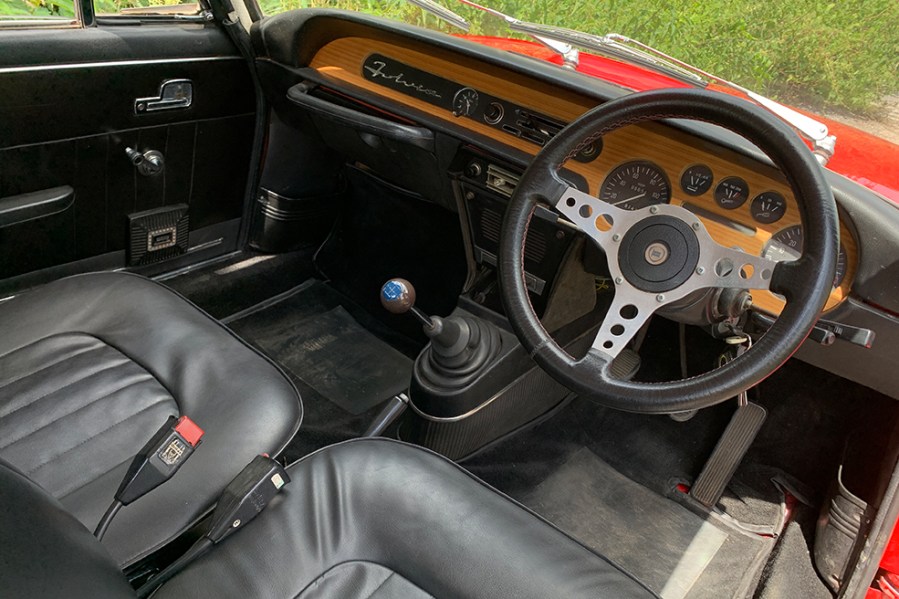
Lancia Fulvia: our verdict
We can certainly see the appeal of a Lancia Fulvia saloon or Zagato Sport, but there’s no doubt that gorgeous proportions, delicate lines and fizzing performance combine to make the Fulvia coupe a very alluring Italian classic. Whether you prefer the purity of the first Series or the livelier performance of a later car is a matter of personal taste – you’ll have a great time regardless of which you choose.
There’s no escaping the fact that care is needed when buying a Lancia Fulvia, however. Embarking on the major restoration of a rotten example will be costly; it’s a good idea to seek out a car in sound condition that’s been cherished by an enthusiastic owner.
Both reputable specialists and the Lancia Motor Club are on hand to help you avoid a bad car, however – and we guarantee that a good Fulvia will be hugely enjoyable to own and drive.
While values of other classic Lancia models have skyrocketed in recent years (see the Delta Integrale, for example), the Lancia Fulvia remains an attainable option. The Berlina saloon is the cheapest way into Fulvia ownership, with a nice Series 2 less than £5000, but we’re concentrating on the coupe here. Highly-desirable HF Fanalone aside – where even examples in fair condition are nudging £60,000 – a general rule of thumb is that earlier examples of the Lancia Fulvia are worth more.
Let’s settle on the 1.3S for a broad idea of values, as they are more common in the classifieds. Anything at £6000–10,000 should be approached with a degree of caution, so a realistic starting point is around £16,000. This will secure a Series 2 or 3 in good condition with a little bit of tidying required.
Another £10,000 is enough to get a very nice Fulvia indeed but if you’re looking for the very best then budget on paying in the region of £40,000.
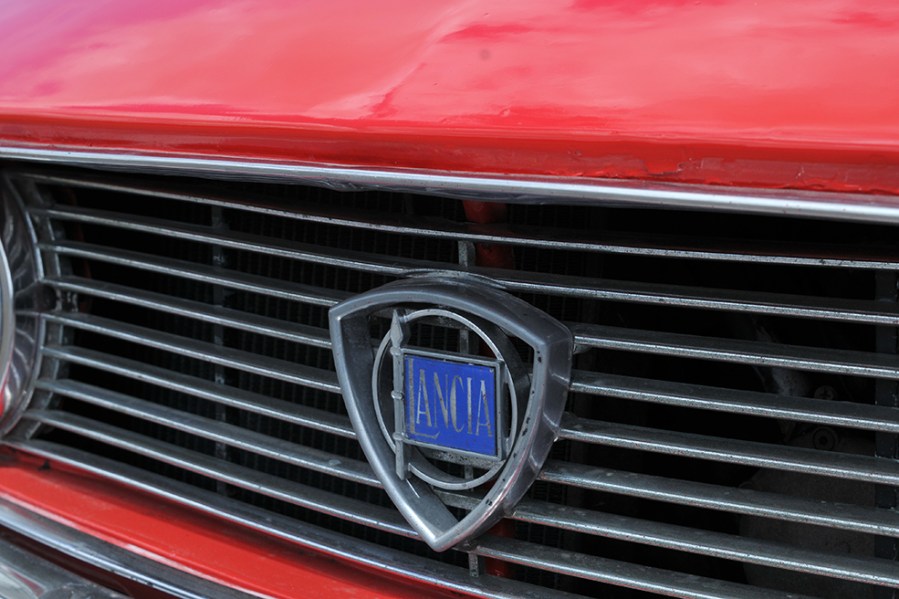
Lancia Fulvia timeline
1963
The Lancia Fulvia Berlina saloon is launched at the Geneva Motor Show, its 1091cc engine making just 58bhp
1965
Coupe and Sport debut at the Turin Motor Show, initially with a 1.2 engine but larger, more powerful versions will follow
1969
Lancia Fulvia Series 2 saloon arrives and features a longer wheelbase and improved interior space.
1970
Series 2 coupe and Sport models join the saloon, featuring numerous styling and mechanical changes
1971
1600 engine added to the Lancia Fulvia Sport Zagato
1972
Saloon and Sport Zagato production ends
1974
Series 3 Fulvia coupe introduced
1976
Lancia Fulvia production ends

